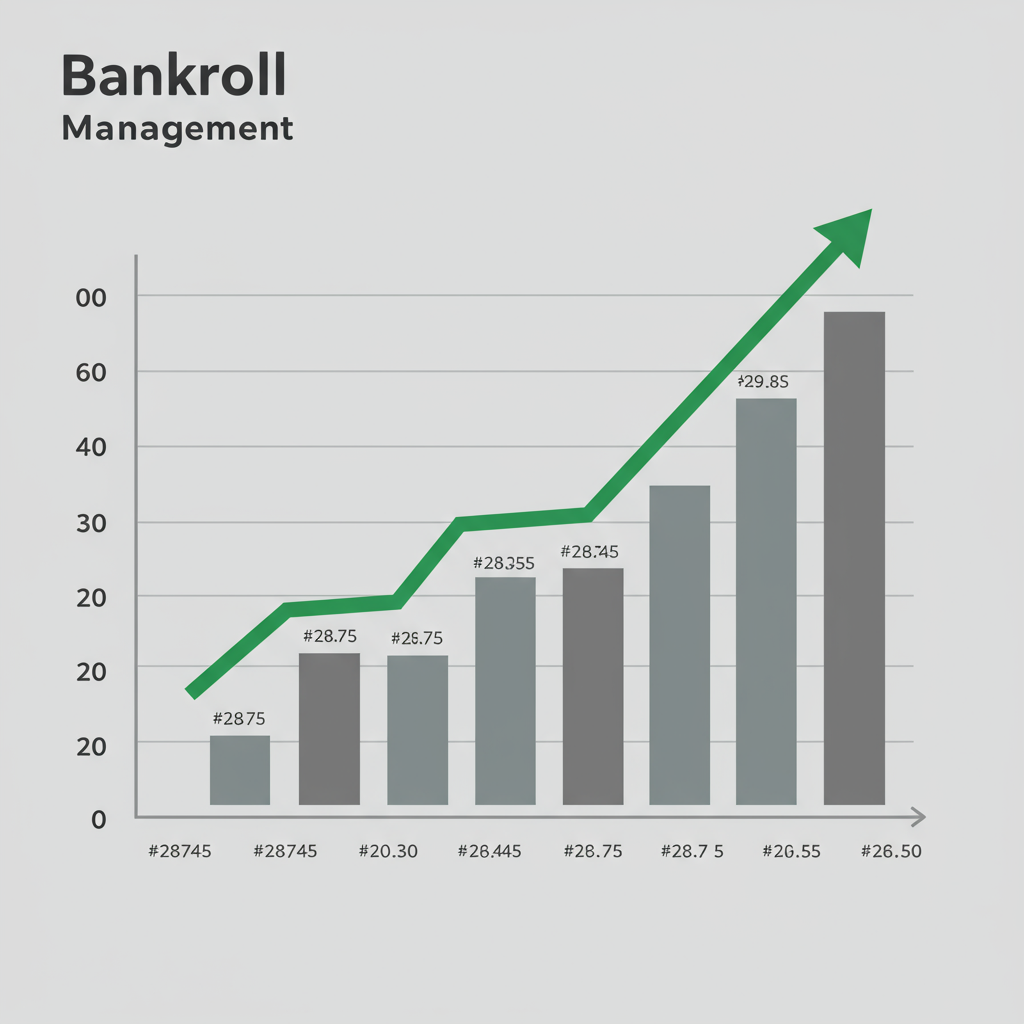Bankroll
The Professional's Guide to Moving Up in Stakes

Climbing the poker ladder is the ultimate goal for any serious player. Moving up in stakes is a tangible sign of progress, a validation of countless hours of study and play. However, it is also the most perilous moment in a player’s career. A poorly planned or emotionally-driven “shot” at the next level is the single fastest way to destroy a carefully cultivated bankroll. This article provides the professional, prudent framework for ascending in stakes. This isn’t about guesswork; it’s a repeatable system designed to minimize risk while maximizing your chances of long-term success.
Key Takeaways
- You must have a proven, statistically significant win rate at your current stake before considering a move.
- Your bankroll must contain at least 30 full buy-ins for the *new*, higher stake.
- Use the "5 Buy-in Shot" rule: segregate 5 buy-ins for your shot, and move back down if you lose them.
- This system removes emotion from the decision-making process, protecting you from catastrophic loss.
The “Go/No-Go” Checklist
Before you even think about playing a higher stake, you must be able to honestly answer “yes” to these two non-negotiable questions.
1. Do You Have a Proven Win Rate?
You must have objective, data-driven proof that you are a winning player at your current stake.
- What this isn’t: A “good feeling” or a hot streak over a few sessions.
- What this is: A hard number, tracked over a statistically significant sample—at least 50,000 hands for online play or 200 hours for live play. You can only know this by meticulously using a tool like the Prudent Bankroll Tracker.
Without the data, you are not making a calculated investment in your skill; you are simply gambling.
2. Is Your Bankroll Sufficiently Capitalized?
You must have the correct bankroll for the new, higher stakes, not your current one. This financial buffer is designed to absorb the increased variance and the higher skill level of the new competition.
- Our baseline recommendation: A minimum of 30 full buy-ins (BIs) for the next level up.
- Example: You are a winning $1/$2 player (standard BI $200) and want to move to $2/$5 (standard BI $500). Your target bankroll is 30 x $500 = $15,000. If your bankroll is less than this, you are not ready.
The Professional Shot-Taking Strategy
You never move your entire game up at once. Professionals manage their risk by “taking shots” with a clearly defined and limited portion of their bankroll. We teach the “5 Buy-in Rule.”
The Step-by-Step Process:
-
Segregate Your “Shot Fund”: Once your total bankroll reaches the 30-BI threshold for the next stake (e.g., $15,000), you will take 5 buy-ins for that new stake ($2,500 in our example) and mentally designate it as your “shot-taking fund.” The other $12,500 is your core bankroll and is off-limits.
-
Take Your Shot: Play exclusively at the new, higher stake using only this shot-taking fund.
-
Adhere to Your Failure Point: If you lose the entire 5-buy-in shot fund, the shot has failed. You must immediately move back down to your previous stake. This is the critical moment of professional discipline. There is no shame in a failed shot; it is part of the process.
-
Rebuild and Repeat: Grind at your old stake until you have re-earned the 5-buy-ins you lost and your bankroll is once again at the 30-BI threshold. Then, and only then, you are ready to take another disciplined 5-buy-in shot.
-
Establish a Foothold: If you play at the new stake and run well, building your 5-buy-in fund up to 10 or 15 buy-ins, you have successfully established a foothold. You can now consider this your new primary stake, as long as your total bankroll remains comfortably above the 30-BI threshold for this new level.
This disciplined system removes emotion from one of the most emotional decisions in poker. It protects you from ruin and ensures that your career trajectory is always moving forward, prudently.